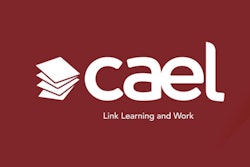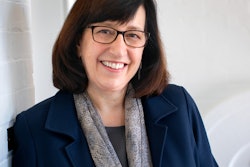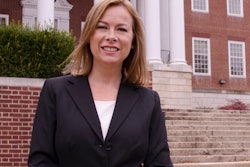Although budget cuts in the wake of COVID-19 have led to hiring freezes at some institutions, faculty diversity initiatives continue.
In the pandemic world of academia, many institutions are struggling to keep enrollment up and costs down, but there is still a distinct awareness that moves must be made to bring faculty diversity closer to student diversity. Data released in fall 2020 by the American Association of University Professors (AAUP) show that, while underrepresented minorities comprise 32.6% of the U.S. population, they make up only 12.9% of full-time faculty.
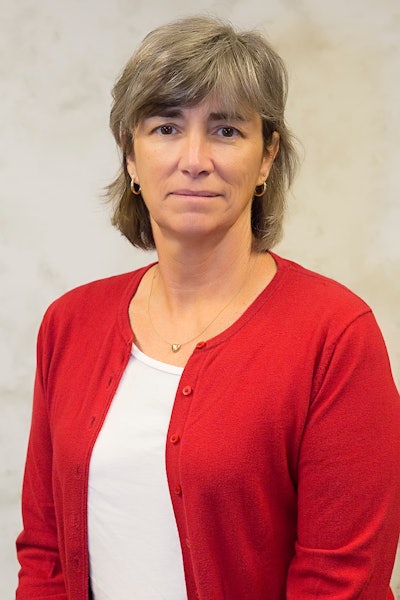 Irene Mulvey
Irene Mulvey
It has also created opportunities.
“I know there have been a lot of faculty retiring,” says Mulvey. “If we can build higher education back better than it was before the pandemic, we may have an opportunity to … have more people on the tenure track.”
The need to demonstrate diversity
“Beyond graduating increasingly diverse classes of students, institutions have the opportunity to really walk the walk. As employers of 3.9 million people, they can be leaders in equitable hiring,” says Eleanor Eckerson Peters, associate director of research and policy at the Institute for Higher Education Policy (IHEP).
“The way that you message and demonstrate diversity from the top down is crucial,” says Dr. Daniel E. Lemons, interim executive vice chancellor of the City University of New York (CUNY) and former president of Lehman College (CUNY institution). “You can look at senior leadership and see diversity there. To me, that sets the stage for all the practical things you do.”
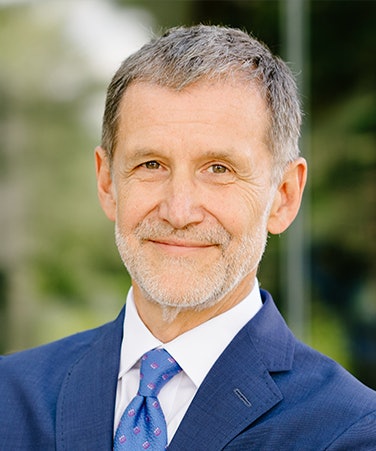 Daniel Lemons
Daniel Lemons
“In the subsequent hiring the English department has done, you could see that reflected,” says Lemons. “There’s a huge effort at the department level. We provide the backup through human resources, the tools and ongoing training.”
Lemons says CUNY’s chancellor since May 2019, Dr. Félix V. Matos Rodríguez, has made diversity a priority given the demographics of the system’s students. African American students comprise 23.4% of students at CUNY’s four-year colleges and 29.1% at the community colleges. Latinx students are 27.3% at four-years and 37.5% at two-year colleges. Asian American students are 24.9% at the four-year colleges and 17.6% at two-years.
“Recruitment and retention require institutions to really look deeply at their institutional policies and practices for racial issues and factors that may be preventing racial equity,” says Mulvey. “Higher education is not immune to the systemic racism that impacts every aspect of American society.”
Facing obstacles
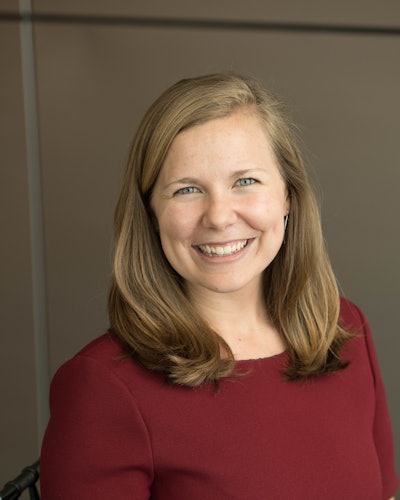 Eleanor Eckerson Peters
Eleanor Eckerson Peters
Latinx individuals comprise 17.5% of the U.S. population ages 24-64, but only 5.2% of full-time faculty according to the AAUP. African American individuals make up 12.7% of the population, but only 6% of full-time faculty.
California Competes, a research and advocacy organization, focuses on racial equity issues in the state’s higher education and asserts equity can lead to a stronger California economy. Executive director Dr. Su Jin Gatlin Jez was previously associate professor of public policy and administration at California State University, Sacramento. As a faculty member, she served on several search committees. She heard discussions about diversity from the time she began working in higher education but didn’t see intentional action until recently.
“Now, I see a lot more pressure and attention to real outcomes — are we getting the candidates, are we hiring the right people, are we retaining the people,” Jez says. “Related to that, there’s been a real policy movement around this work.
“That said, I’m not sure we have any real action even with more attention and pressure … more outcomes beyond a few more innovative or equity focused institutions or departments,” she adds.
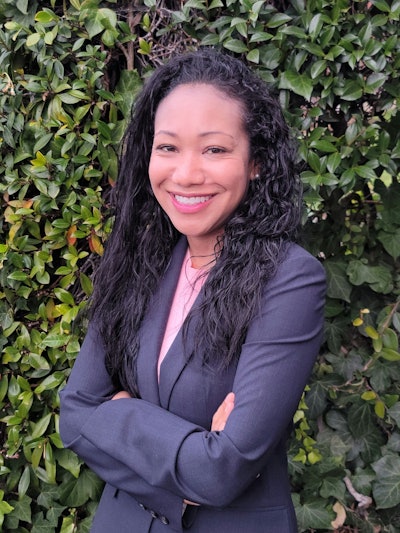 Su Jin Gatlin Jez
Su Jin Gatlin Jez
The bureaucratic structure of higher education makes it difficult to implement genuine diversity. It’s possible with restructuring, Jez says, but right now people are just trying to keep their heads above water.
Among Jez’s suggestions is working with faculty and researchers to determine what institutional data should be collected. Not just hiring should be examined but also tenure and promotions. Track how many leave, and interview those who do.
“The other practice that’s getting more attention are ‘stay’ interviews — not waiting until people leave to see what happened,” says Jez, who in reflecting on her career in academia is thankful for the mentor she had but wishes she had received more mentoring.
“All faculty should be assigned a mentor in the department and a mentor outside the department,” says Mulvey. “Mentoring is essential and can help individuals, but ultimately it comes down to policies and practices to change the system.”
Efforts underway
“Right now strikes me as a time … when student leaders are being given opportunities and a real seat at the table, and for their own development and for what happens next for them that is really important,” says Lemons.
California is launching a cradle to career data system, which will connect existing data systems from early childhood through career and workforce data. This will include information on K–12 and higher education.
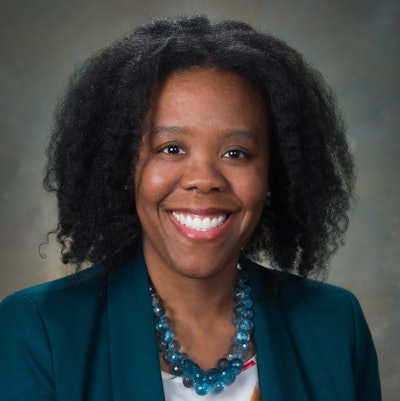 Torie Johnson
Torie Johnson
The IHEP report suggests making faculty salary and diversity data more transparent by releasing annual reports that include salary data by race/ethnicity and gender and percentages of each demographic group in various faculty positions.
For the past 10 years, the Southeastern Conference (SEC), an athletic conference part of the Power Five, has intentionally provided supports for teaching, research and service for its member institutions. The SEC Emerging Scholars program was announced earlier this year, and on Sept. 29-30 the SEC Emerging Scholars Career Preparation Workshop was hosted by Louisiana State University. It was designed to provide professional development and networking opportunities for current doctoral students and postdocs who are considering careers in higher education.
“The workshop is meant to encourage top scholars, with attention provided to those from historically underrepresented groups, to seek out employment and mentorship within SEC member universities,” says Dr. Torie Johnson, SEC associate commissioner for academic relations. “Each university selects up to 10 scholars, and they will participate in a two-day virtual workshop that includes keynote presentations, feedback on pre-workshop assignments and opportunities to visit with representatives from at least three SEC universities of their choosing.”
The vision is to encourage universities to embrace their own scholars and provide them with mentoring and career development. Johnson says progress will not be instantaneous, but the hope is over time it will fill the pipeline and even lead to more opportunities for people already working in academia.
In terms of recruitment, Mulvey says it is important to make job descriptions for open positions as broad as possible. “A narrow description may result in self-selection that results in a less diverse pool,” she says. “You’ve got to get the best pool possible, and I think the broadest description possible is essential. … Search committees must center racial equity in their processes.”
This article originally appeared in the October 14, 2021 edition of Diverse. Read it here.






